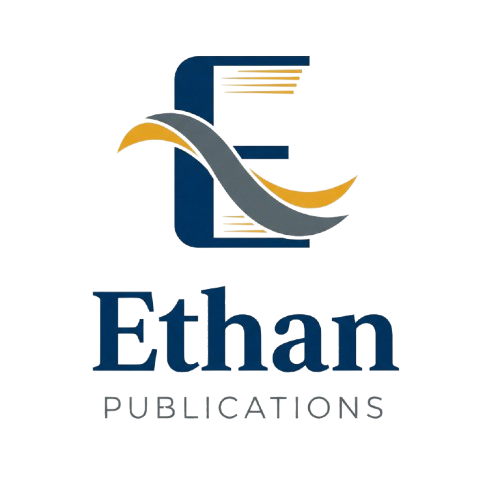BLENDING SEASONAL ADAPTATIONS THROUGH GENETIC ENGINEERING: A REVIEW OF EVERGREEN WHEAT DEVELOPMENT
Authors: Kumar Deshmukh Arvind
DOI: 10.5281/zenodo.17200427
Published: September 2025
Abstract
<p><em>In recent years, with advent of the development of efficient plant regeneration systems in cereal crops, the field of recombinant DNA technology has opened up new avenues for genetic transformation of crop plants. This paper describes the genes involved in the wheat grown in different seasons namely winter and summer. The concerned genes have been studied and the paper makes an attempt towards a union of both varieties to produce a wheat that can be grown throughout the year (evergreen).The first winter group includes the regulatory regions of VRN1 and VRN3 genes or in the coding regions of VRN2. CBF transcription factors are known regulators of the COR genes (COld Regulated genes) which confer tolerance to subsequent freezing temperatures (acclimation). The WCS120 gene is specifically induced by low temperature (LT) and encodes a protein that is thought to play an important role in the cold acclimation process in wheat. The second summer group includes the basic two heat shock genes, hsp17 and hsp70. These genes regulate the heat shock condition of the wheat crop. Researchers have found out introducing a novel. DREB transcriptional factor into wheat is an effective way to improve its drought-tolerance ability. It has also been found that the 5A chromosome plays a major regulatory role in GSH* and hmGSH** (the chief enzymes which help the plant cope up) synthesis during heat stress in wheat. There is yet another group of genes known as the WRKY genes which help in regulation of both of the above stresses. Hence, we have focused our attention to the work done in the conversion of winter wheat occurring at the time of green revolution into summer wheat. Modifications in the above gene groups of the present day wheat can lead to the origin of a new variety of wheat which could be tolerant to both of the extremes of stresses and could be grown throughout the year with minimum attention. </em></p> <p><em>*GSH - Reduced glutathione, ** hmGSH – Reduced hydroxymethyl glutathione </em></p>
Full Text
No full text available
Cite this Article
References
- No references available.
